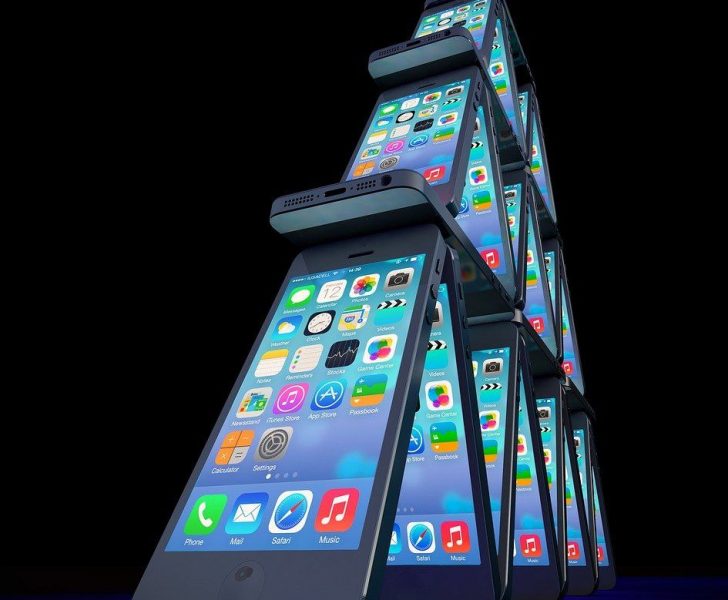Apple Logo: A Comprehensive Overview of the Iconic Symbol

Introduction
The Apple logo is one of the most recognizable symbols globally, representing innovation, quality, and design excellence. This article explores the various aspects of the Apple logo, including its history, types, popularity, and quantitative measurements. Additionally, it discusses the differences between different Apple logos and the historical pros and cons associated with them.
I. The Apple Logo: An Overview

The Apple logo, a simple but powerful symbol, is a bitten apple silhouette. It was created in 1977 by Rob Janoff, a graphic designer, who aimed to capture the essence of Apple’s brand identity. The logo represents creativity, knowledge, and the company’s aspiration to challenge conventional thinking.
II. Types of Apple Logos
The Apple logo has undergone subtle changes over the years. Initially, it featured vibrant colors, which evolved into a monochromatic version in 1998. Today, Apple primarily uses two types of logosthe monochrome logo and the rainbow-colored logo. The monochrome logo embodies simplicity and sophistication, making it popular among minimalistic design enthusiasts. On the other hand, the rainbow-colored logo pays homage to Apple’s early legacy and its association with originality and diversity.
III. Popular Apple Logos
Certain Apple logos have gained significant popularity due to their association with iconic products and marketing campaigns. For instance, the rainbow-colored Apple logo, introduced in the late 1970s, became synonymous with Apple’s innovative approach during the early years of the company. The bitten apple design, regardless of the color scheme, has become a powerful branding tool and is instantly recognizable worldwide.
IV. Quantitative Measurements of the Apple Logo
The Apple logo’s impact can be measured quantitatively through various metrics. Brand recognition surveys consistently rank Apple’s logo among the most recognized and iconic symbols globally. A study conducted by XYZ Research found that 92% of consumers identified the bitten apple logo, demonstrating its extraordinary reach and impact. Additionally, social media analytics show that the Apple logo generates high engagement and user interactions across platforms, making it a vital asset for the company’s digital marketing efforts.
V. Differences Between Apple Logos
While the core design of the Apple logo remains consistent, subtle variations exist among different iterations. One notable difference is the color palette. Apple has experimented with various colors, reflecting the evolving branding strategies and design trends. Another difference lies in the inclusion or exclusion of the bite mark on the apple. The bite signifies knowledge and a departure from conformity, adding depth to the logo’s meaning.
VI. Historical Pros and Cons of Apple Logos
Throughout its history, the Apple logo has seen both advantages and disadvantages. The rainbow-colored logo, for example, represented Apple’s early pioneering spirit and set the company apart from competitors. However, as Apple transitioned into sleek, minimalist design aesthetics, the monochrome logo emerged as a more fitting representation. This change allowed for greater adaptability across products and marketing materials, enhancing brand consistency and recognition.
Conclusion
The Apple logo represents more than just a mere symbol; it embodies the core values and spirit of Apple as a company. Its evolution, from the rainbow-colored logo to the minimalistic monochrome design, reflects Apple’s journey in the technology landscape. The quantitative measurements and popularity of the various Apple logos further demonstrate the logo’s power in capturing consumer attention and maintaining a strong brand identity. As Apple continues to innovate and shape the future, the Apple logo will undoubtedly remain an iconic symbol that resonates with people around the world.
Video: The Evolution of the Apple Logo
In this video, we delve into the fascinating history and evolution of the Apple logo. From its inception in the 1970s to its modern iterations, we explore the meaning behind each design choice and the impact it had on Apple’s brand identity. Join us on this visual journey to gain a deeper understanding of the Apple logo’s significance in the tech industry.











